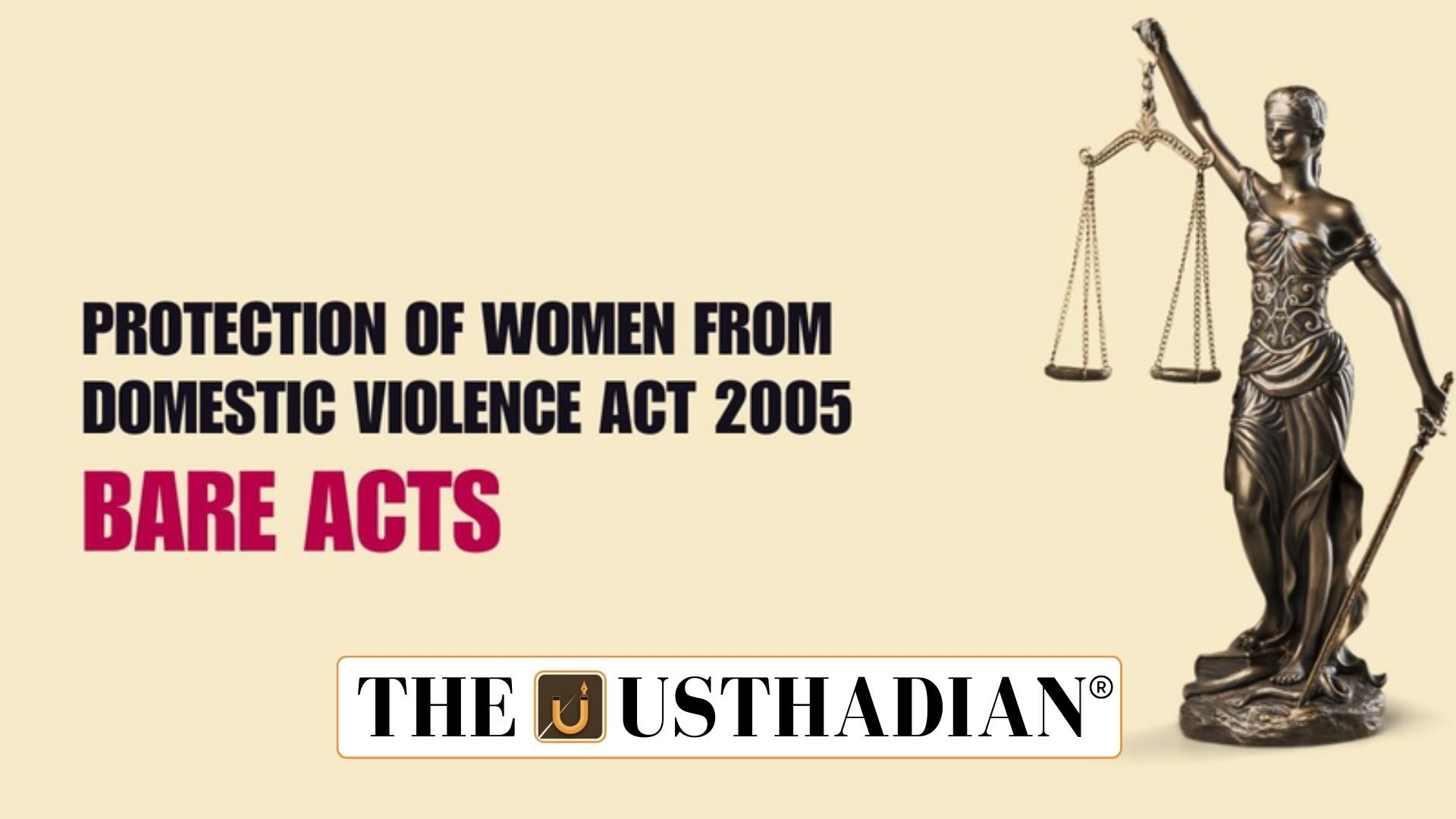Overview of the Act
Protection of Women from Domestic Violence Act 2005 Milestone: The Protection of Women from Domestic Violence (PWDV) Act, 2005 was enacted to safeguard women in domestic relationships from various forms of abuse. It applies to wives and female live-in partners facing violence from husbands, male partners, or their relatives. The law provides both preventive and remedial measures against physical, sexual, verbal, emotional, and economic abuse.
Static GK fact: India became one of the first countries to enact a dedicated domestic violence legislation at the national level.
Definition of Domestic Violence
Domestic violence under the Act includes actual abuse or threat of abuse in physical, sexual, verbal, emotional, or economic forms. It also covers harassment through unlawful dowry demands. The Act emphasizes that abuse need not be physical alone; economic and emotional abuse are legally recognized.
Institutional Mechanism
State Governments are mandated to appoint Protection Officers, register Service Providers, and notify shelter homes and medical facilities. Protection Officers prepare domestic incident reports for the Magistrate, ensure legal aid, and facilitate access to safe shelter homes. Service Providers assist with legal, medical, financial, and other support services to aggrieved women.
Static GK Tip: Protection Officers act as a critical link between aggrieved women and the legal system under PWDV Act.
Reliefs and Rights
Women can seek multiple reliefs under the Act, including protection orders, residence orders, custody orders, monetary reliefs, and access to shelter and medical facilities. Every woman in a domestic relationship is legally entitled to reside in the shared household, ensuring security against eviction or harassment.
Static GK fact: Custody rights under PWDV Act prioritize the welfare of children along with protection of women.
Challenges in Implementation
Despite its strong legal framework, the Act faces several obstacles:
- Social and cultural barriers: Victim-blaming and economic dependence hinder women from seeking redress.
- Structural issues: Inadequate shelter homes, low conviction rates, and insufficient infrastructure reduce effectiveness.
- Institutional limitations: Low awareness among women and limited training for Protection Officers and Police officers affect enforcement.
- Misuse: There is a rising trend of false cases being filed, raising concerns over misuse of the Act.
Static GK Tip: Awareness campaigns and capacity building of Protection Officers are essential to improve implementation efficiency.
Way Forward
Strengthening institutional mechanisms, increasing awareness among women, and addressing social stigmas are critical for effective enforcement of the PWDV Act. Additionally, enhancing shelter infrastructure and ensuring speedy legal proceedings can reduce victim suffering and misuse.
Static Usthadian Current Affairs Table
Protection of Women from Domestic Violence Act 2005 Milestone:
| Topic | Detail |
| Act Enacted | 2005 |
| Coverage | Wives and female live-in partners |
| Types of Abuse | Physical, sexual, verbal, emotional, economic, dowry harassment |
| Institutional Bodies | Protection Officers, Service Providers, Shelter homes |
| Reliefs | Protection order, residence order, custody, monetary, shelter, medical |
| Key Challenge | Social barriers, structural gaps, institutional limitations, misuse |
| NCRB 2022 Data | 4.45 lakh crimes against women, majority under cruelty by husband/relatives |
| Milestone | 20 years of PWDV Act in 2025 |








